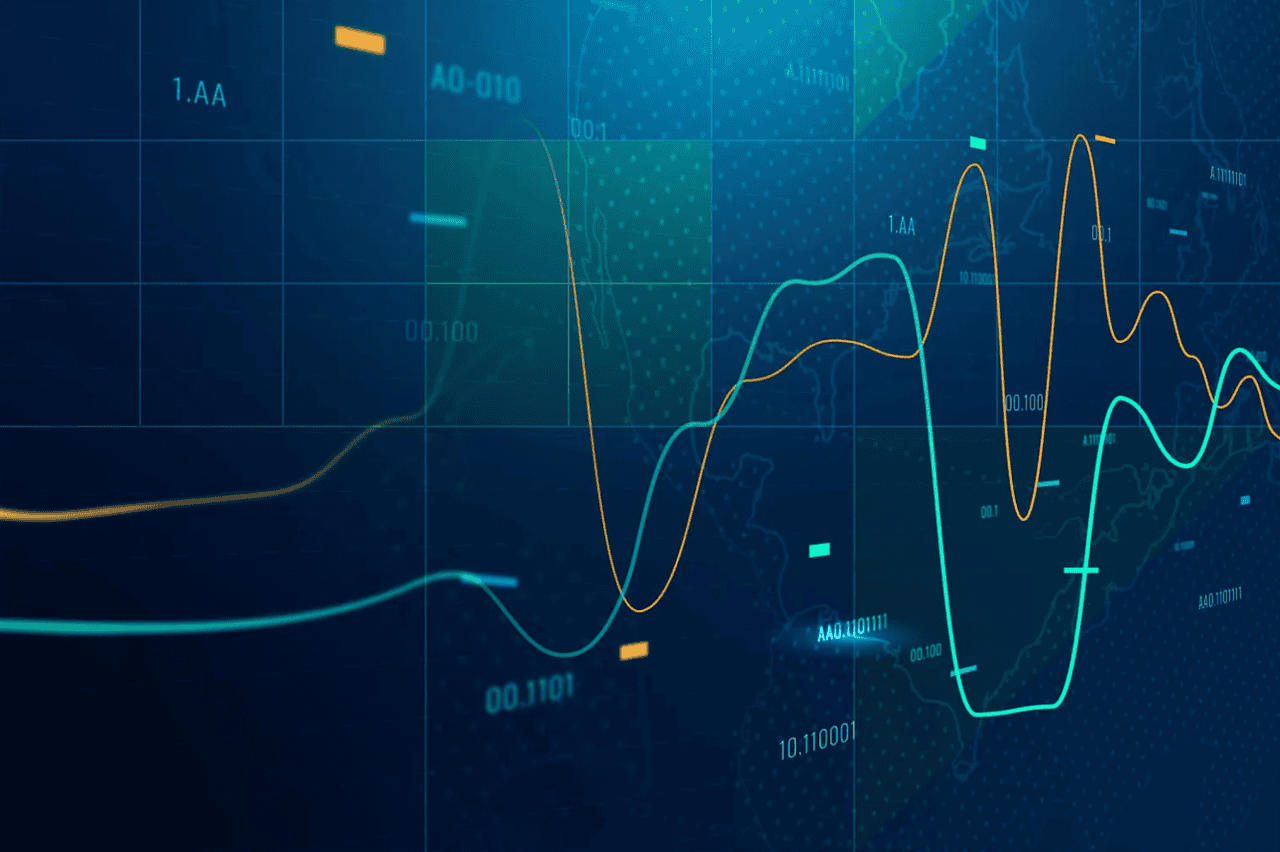Misjudged demand wreaks havoc on businesses. Overstocking leads to financial burdens, while understocking results in lost sales and customer dissatisfaction. At the core of mitigating these risks lies sales forecasting, which is paramount for optimising inventory, production, and distribution, ensuring business continuity and growth.
The Domino Effect of Misjudged Demand
A miscalculation in demand forecasts precipitates a domino effect of operational and financial repercussions. Two primary consequences emerge: overstocking and understocking.

Overstocking manifests as a surplus of inventory, burdening businesses with exorbitant warehousing costs and the spectre of product obsolescence or degradation, particularly for perishable or seasonal goods. For instance, a fashion retailer overestimating winter apparel demand faces substantial markdowns or liquidation costs as seasons change.
Hence, this explains why on-demand manufacturing is reshaping fashion. Traditional forecasting models are becoming increasingly risky as demand fluctuates. By producing only after orders, brands can reduce costs, minimise waste, and gain a competitive edge.
Conversely, understocking results in lost sales opportunities, erodes customer satisfaction, and potentially damaged brand reputation. Stockouts can drive customers to competitors, leading to long-term revenue loss and market share erosion. Consider a tech retailer unable to fulfil pre-order demand for a highly anticipated smartphone model; the ensuing customer frustration can tarnish the brand’s image.
Why Sales Forecasting Matters
Accurate sales forecasting is the compass guiding businesses through the complexities of demand and supply. By illuminating future sales trends, businesses can make informed decisions that optimise inventory levels, synchronise production, and streamline distribution.

The benefits are manifold—primarily, precise forecasting prevents the twin evils of overstocking and understocking, safeguarding against financial losses and reputational damage. In other words, balance inventory levels. Moreover, it facilitates optimised inventory management, ensuring that products are available when and where needed while minimising carrying costs.
🔔 What is Carrying Costs? It reveals how long inventory can be held before becoming unprofitable and guides businesses in determining optimal stock levels.
Beyond inventory, accurate forecasts enhance cash flow predictability, enabling businesses to secure necessary financing, allocate resources effectively, and make strategic investments to foster loyalty and drive long-term growth.
Sales Forecasting Techniques (That You Can Do!)
While advanced forecasting models demand specialised expertise, several fundamental techniques can empower businesses to initiate your forecasting journey. These methods, though basic, offer valuable insights when implemented correctly.

#1. Historical Sales Data Analysis
A cornerstone of forecasting, historical sales data provides a roadmap of past performance. By examining sales patterns over time, businesses can identify trends, seasonality, and cyclical variations. For instance, a clothing retailer might observe increased swimwear sales during summer months. By quantifying these historical trends, businesses can establish a baseline for future projections.

An example of establishing projection is the time series analysis. It is a statistical method specifically designed to analyse data points collected at regular intervals over time. Unlike data points gathered randomly or intermittently, time series data provides a sequential record that reveals patterns, trends, and cyclical behaviours. This structured approach enables analysts to identify underlying factors influencing changes over time, aiding in forecasting and decision-making.
#2. Seasonal Trends
Many businesses experience fluctuations aligned with seasonal patterns. By analysing sales data over multiple years, businesses can identify seasonal peaks and troughs. For example, a toy retailer might witness heightened sales during the holiday season. Understanding these seasonal variations enables businesses to anticipate demand fluctuations and adjust inventory accordingly.
#3. Market Basket Analysis

This method involves identifying products frequently purchased together. By understanding these correlations, businesses can predict demand for complementary items and optimise inventory accordingly. For instance, a grocery store might notice that customers often buy barbecue sauce and chips together, allowing for targeted promotions and stock adjustments.
#4. Moving Averages
Moving averages smooth out data fluctuations by calculating the average value of a specific number of data points. This technique helps identify underlying trends and remove short-term noise. For example, a retailer might calculate a three-month moving average of sales to determine overall sales momentum.
#5. Customer Segmentation

By dividing customers into groups based on shared characteristics (demographics, purchasing behaviour, etc.), businesses can tailor forecasting efforts to specific segments. This approach can uncover unique trends and preferences within each group, leading to more accurate demand predictions.
🔔 Remember, these methods serve as a foundation for more sophisticated forecasting. As businesses grow and data accumulates, incorporating advanced techniques and seeking expert guidance becomes increasingly beneficial.
Align Your Restocking with Sales Forecasting
Sales forecasting is the blueprint; restocking is the construction. Aligning these two elements is paramount for optimising inventory levels and ensuring product availability.

To delve deeper into the intricacies of aligning restocking with sales forecasts and unlocking the full potential of your inventory management, we invite you to download Ninja Restock’s comprehensive white paper. This invaluable resource offers actionable strategies, expert insights, and real-world examples to empower businesses in optimising their restocking processes.
Download our white paper now and take the first step towards inventory excellence.
Want to know more about Ninja Restock? Check out our page by clicking the banner below or directly contact our B2B Retail Inventory Replenishment team HERE!







